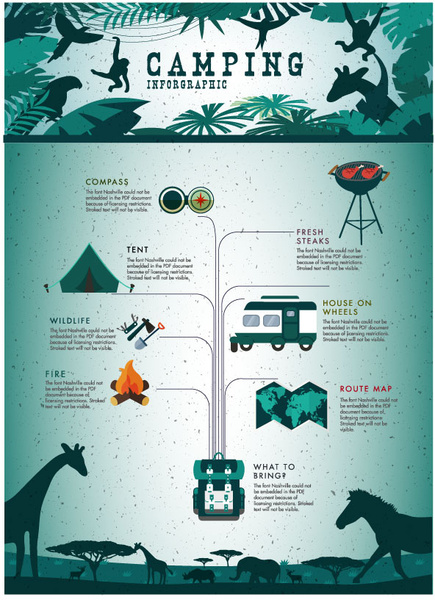While both offer staminas in various settings, it is essential to figure out which sort of insulation will finest serve your needs. The insulation you choose effects heat, weight, water resistance, compressibility and rate.
Down is collected from waterfowl, typically ducks or geese. It is valued for its agility, very easy compression and protecting homes. However, down comes to be less reliable when wet.
Warmth-to-Weight
A high warmth-to-weight proportion is preferred in outdoor clothing and equipment. The insulating buildings of down feathers make them an excellent choice for this objective, as they are incredibly cozy and light-weight.
Nevertheless, down loses its protecting capacities when it gets wet, meaning it requires to be paired with a water-proof shell. Furthermore, some people dislike down, making synthetic jackets a better choice for them.
Artificial insulations are generally made from recycled polyester and created to imitate down's insulating homes. They are not as light-weight as down, however they do not lose their protecting capabilities when they get wet and completely dry more quickly than down. They are likewise a lot more economical than down. However, their lifespan is shorter than down, resulting in higher upkeep and substitute prices.
Water Resistance
The insulation you choose for your work coat will certainly make a big difference in exactly how comfy you really feel outdoors. However, the kind of insulation you choose additionally has significant ramifications for your sustainability goals.
Down is an exceptional insulator for a variety of factors. It's lightweight, compressible, and provides a great warmth-to-weight proportion. Nonetheless, it doesn't fare well when it splashes. Down globs up and sheds its loft space when damp, which can significantly reduce its capability to catch heat.
Artificial insulation materials, such as Thinsulate and Primaloft, stand up much better versus wet conditions. They commonly have a limited weave or chemical layer that keeps water from permeating the material. This permits the insulation to stay breathable, even if wet. It deserves noting that synthetics can additionally be unpleasant when wet, yet they maintain their protecting residential properties.
Compressibility
While goose down does have a premium warmth-to-weight ratio, synthetic insulation carries out similarly. However, unlike down which absorbs and sheds its insulating capacities when wet, synthetic insulation does not. Therefore, it can keep its loft space and trap cozy air in damp conditions.
Usually manufactured from polyester sheets or collections that mimic down, the most common synthetic insulation brands include PrimaLoft, FullRange, Thermoball and Patagonia's PlumaFill. While it still can't match down's loftiness and warmth-to-weight, artificial coats are lightweight, quick to completely dry and cheaper than down. This makes artificial coats ideal for wet environments, or if you're prone to sweating heavily. Synthetic coats are additionally much less fragile than down and can lose. This sturdiness reaches their face textiles which are typically thicker and a lot more sturdy than down.
Sturdiness
A significant factor to consider in sustainability is a material's longevity and toughness. All-natural products like cork, ThermaCork expanded cork and Havelock wool last longer than artificial choices like fiberglass and plastic. They additionally require less maintenance and can stand up to rough ecological conditions.
However, natural insulation doesn't carry out also when wet as synthetic choices. Wool and fleece clump with each other when wet, endangering their capacity to trap warmth. Artificial insulation, on the other hand, does not soak up wetness and continues to shield even when soaked.
This makes synthetic insulation ideal for wet climates and strenuous activities where you might sweat heavily. It's also simpler to wash and dries faster than down. This included longevity and family tent reliability make artificial insulation a general victor in this classification. This equates to durable insulated work boots that last long and maintain you heat with requiring environments.
Sustainability
All-natural products offer biodegradability and a smaller environmental impact, while synthetic options brag resilience and cutting-edge applications that support power effectiveness. Nonetheless, it's important to comprehend truth environmental influence of these insulation materials from cradle-to-grave.
As an example, if a natural insulation product needs to travel a far away from its source to the building website, transportation-related discharges raise its general carbon footprint. Selecting in your area sourced and recycled items decreases that influence. And, choosing GREENGUARD and Cradle to Cradle qualifications ensures that insulation is devoid of volatile natural substances (VOCs) and supports liable sourcing and labor conditions.
Sheep's woollen and cork are renewable insulation resources that are collected without harming the tree or plant. Both have actually the added benefit of being normally resistant to mold, pests and wetness.
